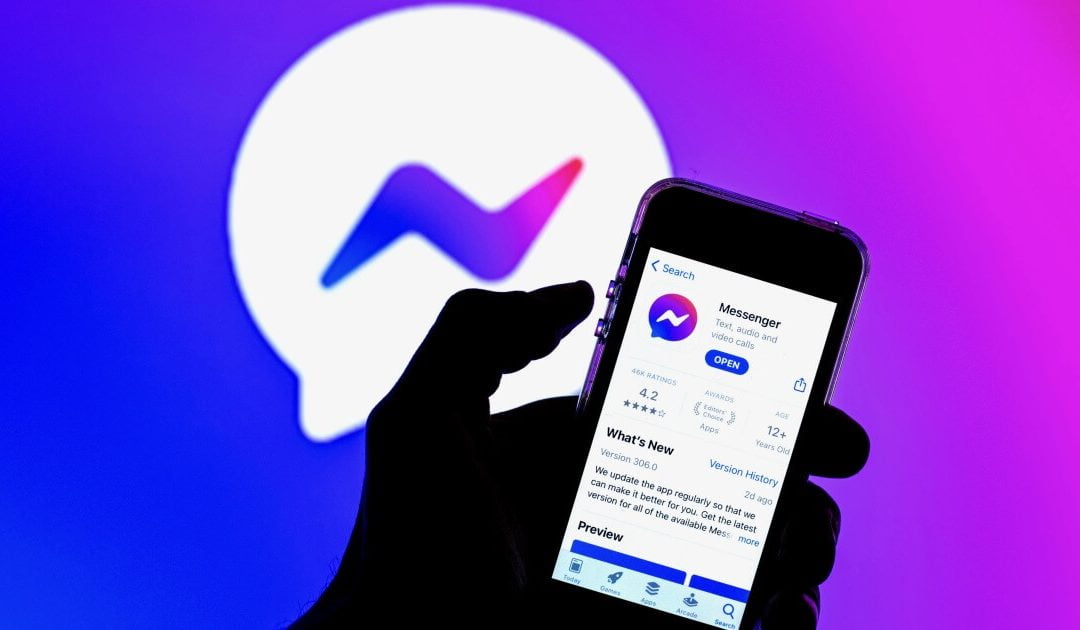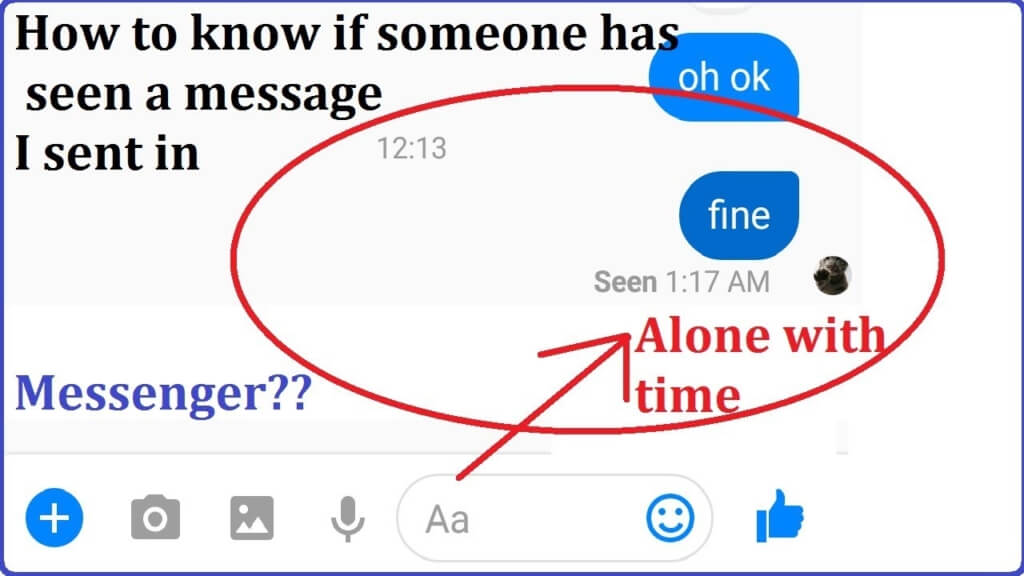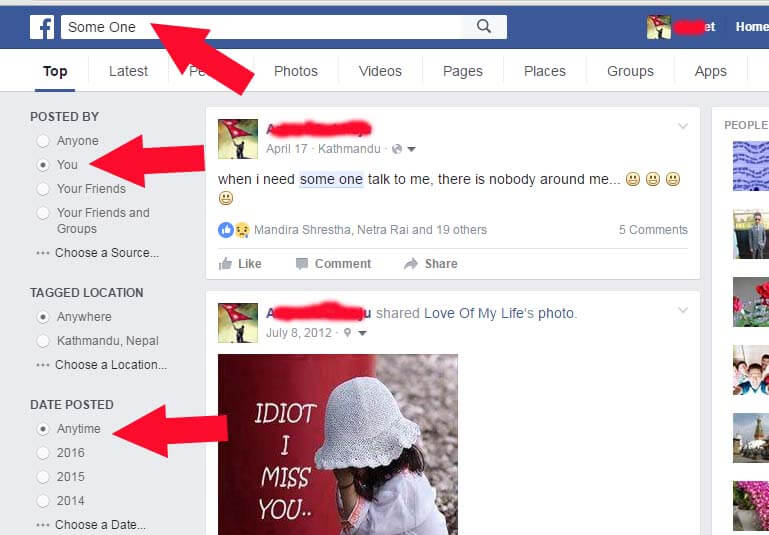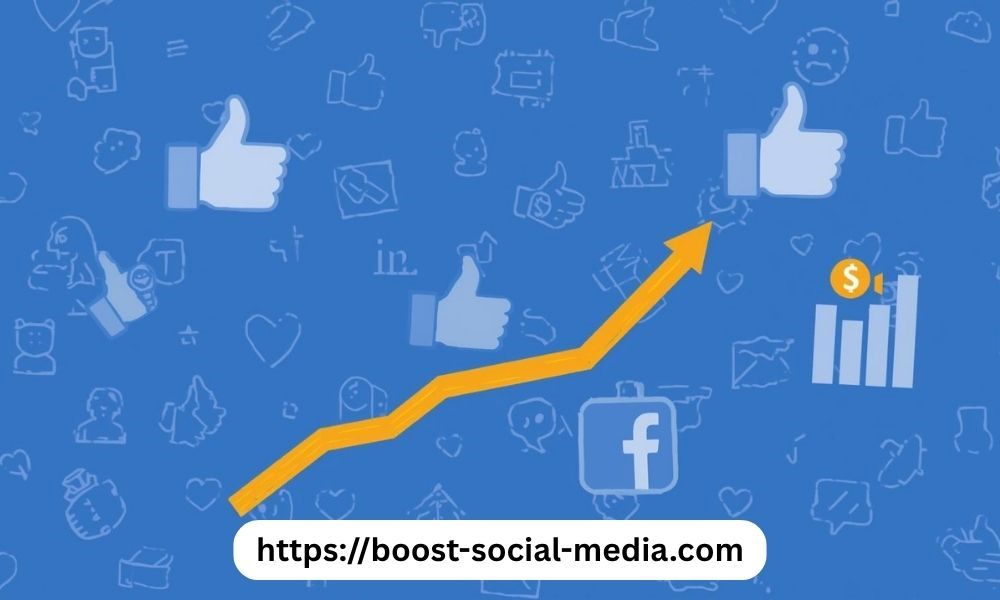
Why Should You Buy Facebook Page Likes for Better Reach and Credibility?
Facebook remains one of the most powerful platforms for businesses, influencers, and content creators. With over two billion active users, it offers an incredible opportunity to reach audiences worldwide. However, standing out in such a competitive space is not easy. To attract attention, you need more than good content, you need visibility and social proof. That’s where having a strong base of Facebook page likes plays a major role.
If you’re serious about expanding your online presence, buying real Facebook page likes can help you gain traction faster and appear more credible. And when it comes to getting authentic likes from real profiles, one of the best platforms to rely on is Boost Social Media.
This article explains why buying Facebook page likes is a smart move for growing your reach and how Boost Social Media can help you build a trusted, influential presence on the platform.
The Importance of Facebook Page Likes
Likes on a Facebook page are more than just numbers, they represent trust, influence, and interest in your brand. When people see a page with a large number of likes, they automatically assume it’s reputable and worth following. This perception encourages new visitors to engage with your posts, follow your page, and even share your content.
A high number of page likes also improves how your posts perform in the Facebook algorithm. The more likes you have, the greater your chances of appearing in other users’ feeds. This naturally increases visibility, helping you reach audiences that you may not have reached otherwise.
In simple words, page likes are the foundation of your social proof. Without them, even high-quality content may go unnoticed.
Why Buying Facebook Page Likes Makes Sense
Growing a Facebook page organically takes time and patience. It’s possible—but very slow—especially if your page is new or doesn’t have existing engagement. Buying real Facebook page likes gives your profile the boost it needs to gain attention and credibility more quickly.
Here are some reasons why it’s worth investing in Facebook page likes:
1. Creates a Strong First Impression
When someone visits your Facebook page, the first thing they notice is your number of likes. A page with thousands of likes appears more credible and popular than one with only a few. This strong first impression can instantly make your brand look trustworthy and professional.
2. Helps Build Organic Growth
People tend to follow what others already like. Once your page gains a decent number of likes, it attracts more organic followers naturally. It’s a psychological effect known as “social proof” people are more likely to trust and engage with a page that others already support.
3. Improves Post Reach
Facebook’s algorithm prioritizes pages that show engagement. A higher number of page likes often translates into better reach for your posts, giving your content a chance to be seen by a larger audience.
4. Strengthens Brand Credibility
A well-liked page builds confidence in potential customers. Whether you run an online store, promote a service, or manage a public profile, having many page likes gives your brand authority and professionalism.
5. Saves Time and Effort
Organic growth can take months or even years. Buying real page likes from a trusted source like Boost Social Media can help you achieve results in days, allowing you to focus your time on creating quality content and growing your business.
Why Buy Facebook Page Likes from Boost Social Media
Not all websites deliver what they promise. Some use fake accounts or bots that disappear after a few days, which can hurt your credibility and even risk your Facebook page. This is why it’s crucial to buy from a trusted and professional service provider.
Here’s why Boost Social Media is the best place to buy Facebook page likes:
1. Real Likes from Active Accounts
Boost Social Media delivers real page likes from genuine and active profiles. These are not fake or inactive accounts, which ensures that your page growth looks natural and authentic.
2. Safe and Secure Process
Your privacy and safety are a top priority. Boost Social Media never asks for your password or sensitive information. All you need to provide is your page URL, and they handle the rest securely.
3. Fast Yet Gradual Delivery
Likes are delivered steadily to make the growth appear natural. You’ll start noticing results within a few hours, depending on your selected package.
4. Affordable Packages
Boost Social Media offers a range of packages to suit every budget, from small pages to large business profiles. Their prices are competitive, allowing you to grow your online presence without spending a fortune.
5. Dedicated Customer Support
Their professional support team is always available to help. Whether you have questions before buying or need assistance afterward, they respond promptly and courteously.
6. Proven Track Record
Boost Social Media has built a reputation as one of the most trusted platforms for social media growth services. Many satisfied customers continue to use their services because of the consistent results they deliver.
How to Buy Facebook Page Likes from Boost Social Media
Purchasing Facebook page likes is simple and straightforward. You can get started in minutes by following these steps:
Step 1: Go to boost-social-media.com and select “Facebook Page Likes.”
Step 2: Choose the package that best fits your goals and budget.
Step 3: Enter your Facebook page link. No passwords or personal data are required.
Step 4: Complete your secure payment.
Step 5: Sit back and watch as your page likes begin to grow.
Your likes will appear gradually, helping your page gain steady, authentic growth.
How More Page Likes Enhance Your Overall Performance
Once you’ve purchased real Facebook page likes, you’ll start noticing improvements not just in your numbers, but in your overall page performance. Here’s how:
- Better Engagement: More people are likely to comment, share, and react to your content.
- Improved Visibility: Your posts have a better chance of reaching new audiences.
- Higher Conversion Rates: A credible page increases trust, which can lead to more sales, sign-ups, or inquiries.
- Brand Recognition: A larger following helps your name or business become more recognizable on Facebook.
Tips to Maintain Growth After Buying Likes
Buying likes gives your page a strong start, but to keep the momentum going, you must stay active. Here are some ways to maintain consistent growth:
- Post regularly to keep your audience engaged.
- Share high-quality visuals, videos, and stories.
- Reply to comments and messages quickly to show genuine interaction.
- Use Facebook Insights to track performance and improve content strategy.
- Promote your posts occasionally for even greater reach.
By combining these practices with your purchased likes, your page will continue to grow and stay relevant.
Final Thoughts
In today’s competitive digital world, Facebook success depends on visibility, engagement, and credibility. Page likes to play a big role in achieving all three. Buying real Facebook page likes can help you stand out faster, attract organic followers, and build a trustworthy online image.
If you’re planning to invest in your page’s growth, make sure you buy from a genuine and secure source. Boost Social Media offers real, high-quality likes from active users at affordable prices. Their reliable service, fast delivery, and strong customer support make them the best choice for boosting your Facebook presence.
Start growing your page today with Boost Social Media and watch your reach, engagement, and credibility rise to the next level.

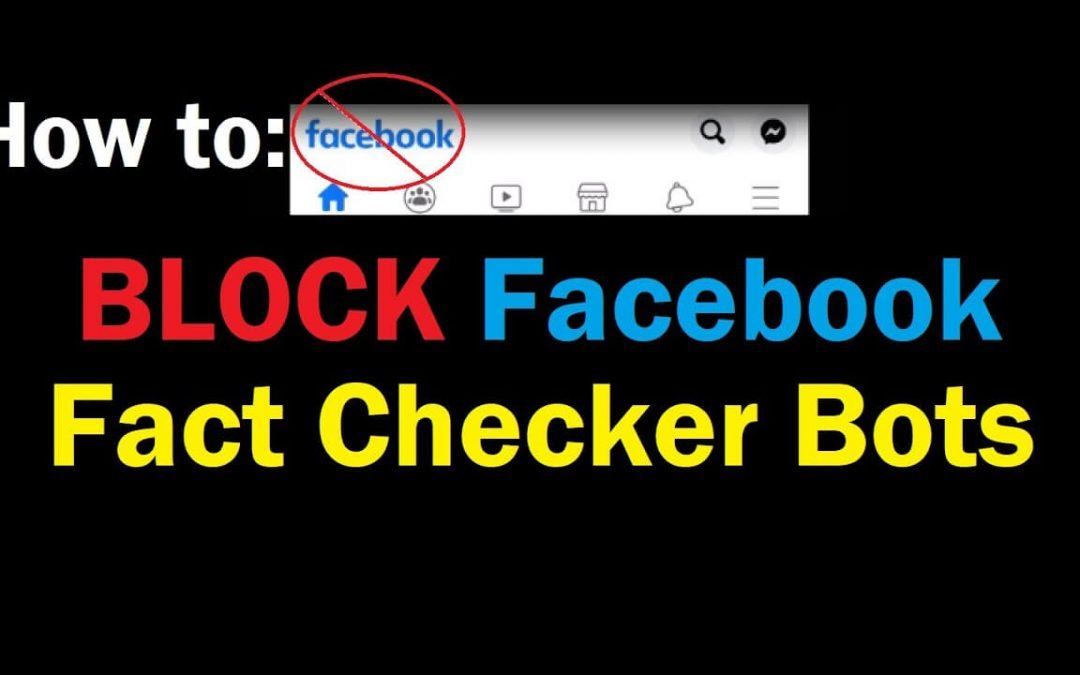
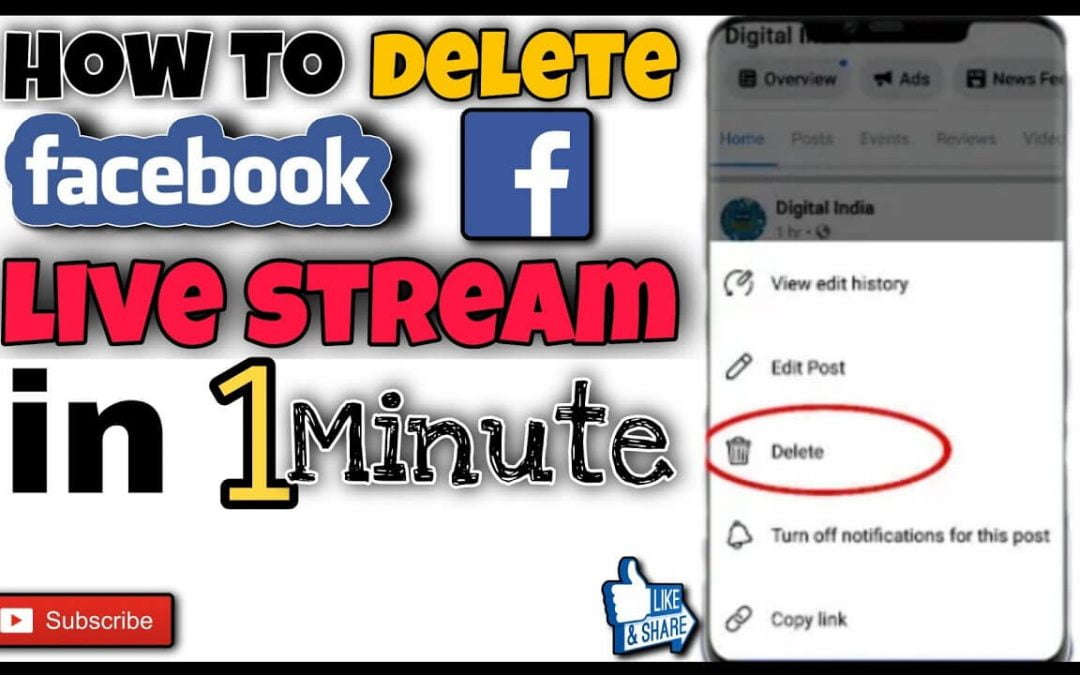

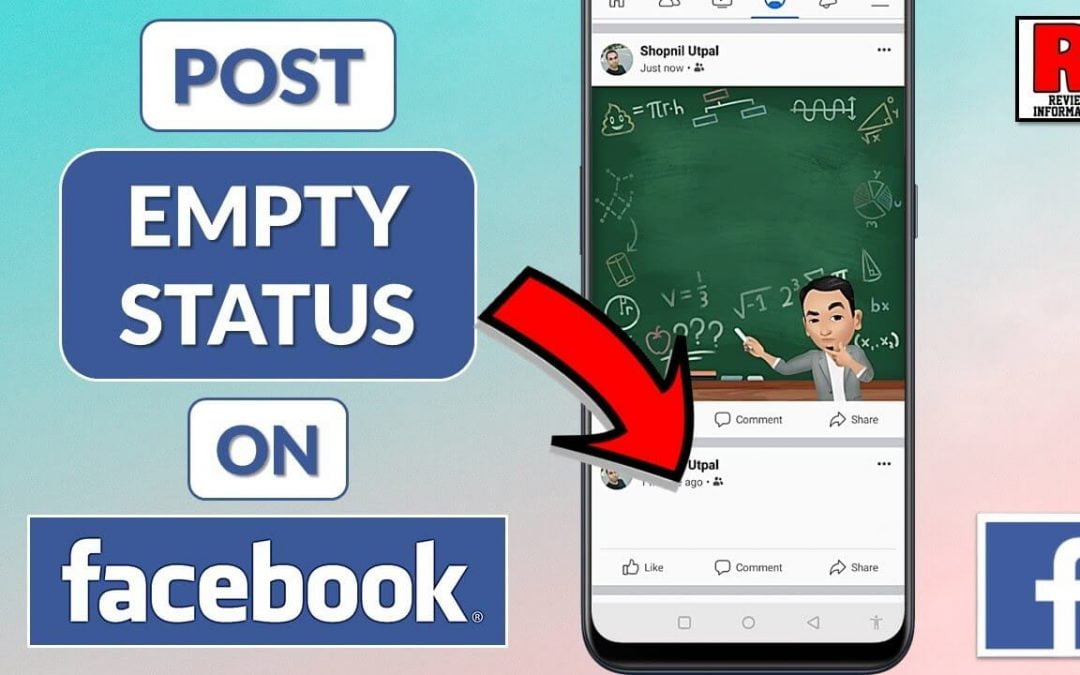
![In the status or comment box, enter @[0:0]](http://boost-social-media.com/wp-content/uploads/2022/08/Img305.jpg)
 Credits: geekinstructor
Credits: geekinstructor Note: This method is not supported by the
Note: This method is not supported by the 